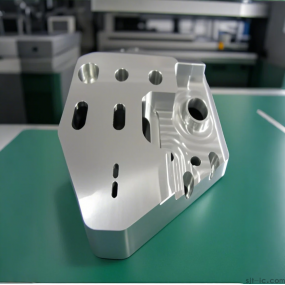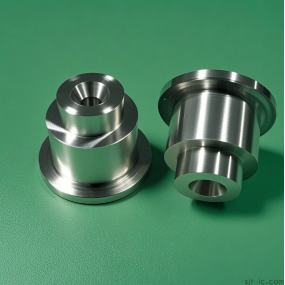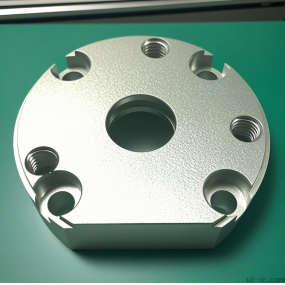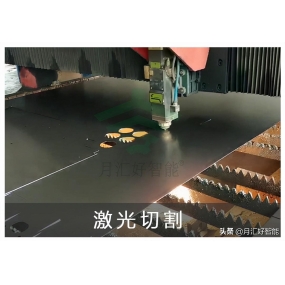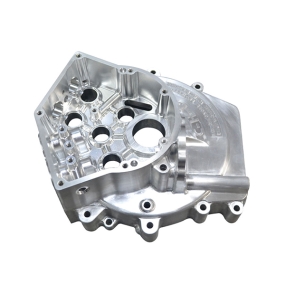The tolerance level of precision Metal Stamping parts is related to the size and the selected tolerance level. Precision stamping parts processing plants should not only meet the planning requirements, but also consider the possibility and economy of the process when selecting the tolerance level. That is to say, if the use requirements are met, try to add the tolerance value, that is, choose a lower tolerance level.
"GB/T13914-2002 Dimensional tolerances of stamped parts" stipulates the dimensional tolerances of stamped parts. Dimensional tolerances are specified according to flat stamped parts and formed stamped parts respectively. The dimensional tolerance value of stamped parts is related to the two dimensions of stamped parts size and plate thickness, on the other hand, it is related to the accuracy grade.  tolerance is the range of dimensional variation. The larger its value, the lower the accuracy and the less difficult it is to process. The smaller the value, the higher the accuracy and the more difficult it is to process. So what items should be paid attention to in the production of precision stamped parts processing plants?
tolerance is the range of dimensional variation. The larger its value, the lower the accuracy and the less difficult it is to process. The smaller the value, the higher the accuracy and the more difficult it is to process. So what items should be paid attention to in the production of precision stamped parts processing plants?
1. Zigzag viewpoint: the viewpoint size of the stamped part formed by zigzag forming;
2. Punching viewpoint: the viewpoint size formed by punching at the plane of the flat plate or formed part;
3. Punching fillet radius: the linear size of the fillet radius of the stamped part processed by punching, blanking and other separation processes;
4. Forming size: the linear size of the stamped part processed through twisting, stretching and other processes.
5. Punching size: the linear size of the stamped part processed by punching, blanking, and other separation processes.
This article is from EMAR Mold Co., Ltd. For more EMAR related information, please click: www.sjt-ic.com,


 Spanish
Spanish Arabic
Arabic French
French Portuguese
Portuguese Belarusian
Belarusian Japanese
Japanese Russian
Russian Malay
Malay Icelandic
Icelandic Bulgarian
Bulgarian Azerbaijani
Azerbaijani Estonian
Estonian Irish
Irish Polish
Polish Persian
Persian Boolean
Boolean Danish
Danish German
German Filipino
Filipino Finnish
Finnish Korean
Korean Dutch
Dutch Galician
Galician Catalan
Catalan Czech
Czech Croatian
Croatian Latin
Latin Latvian
Latvian Romanian
Romanian Maltese
Maltese Macedonian
Macedonian Norwegian
Norwegian Swedish
Swedish Serbian
Serbian Slovak
Slovak Slovenian
Slovenian Swahili
Swahili Thai
Thai Turkish
Turkish Welsh
Welsh Urdu
Urdu Ukrainian
Ukrainian Greek
Greek Hungarian
Hungarian Italian
Italian Yiddish
Yiddish Indonesian
Indonesian Vietnamese
Vietnamese Haitian Creole
Haitian Creole Spanish Basque
Spanish Basque

